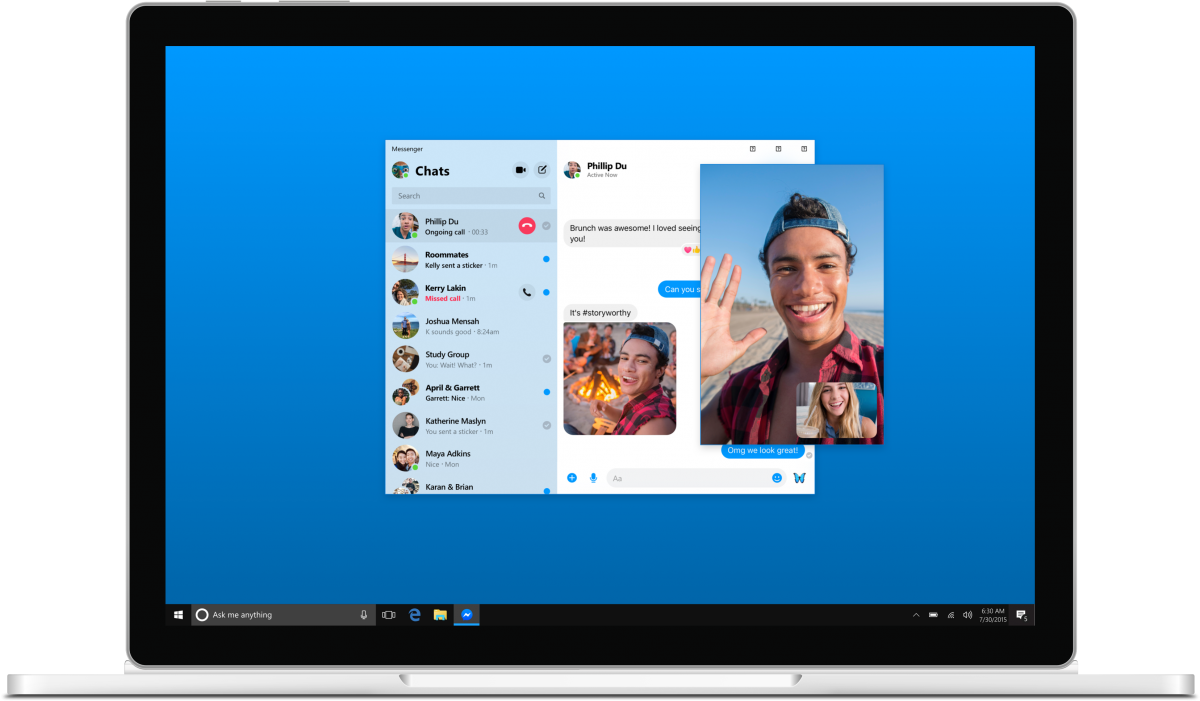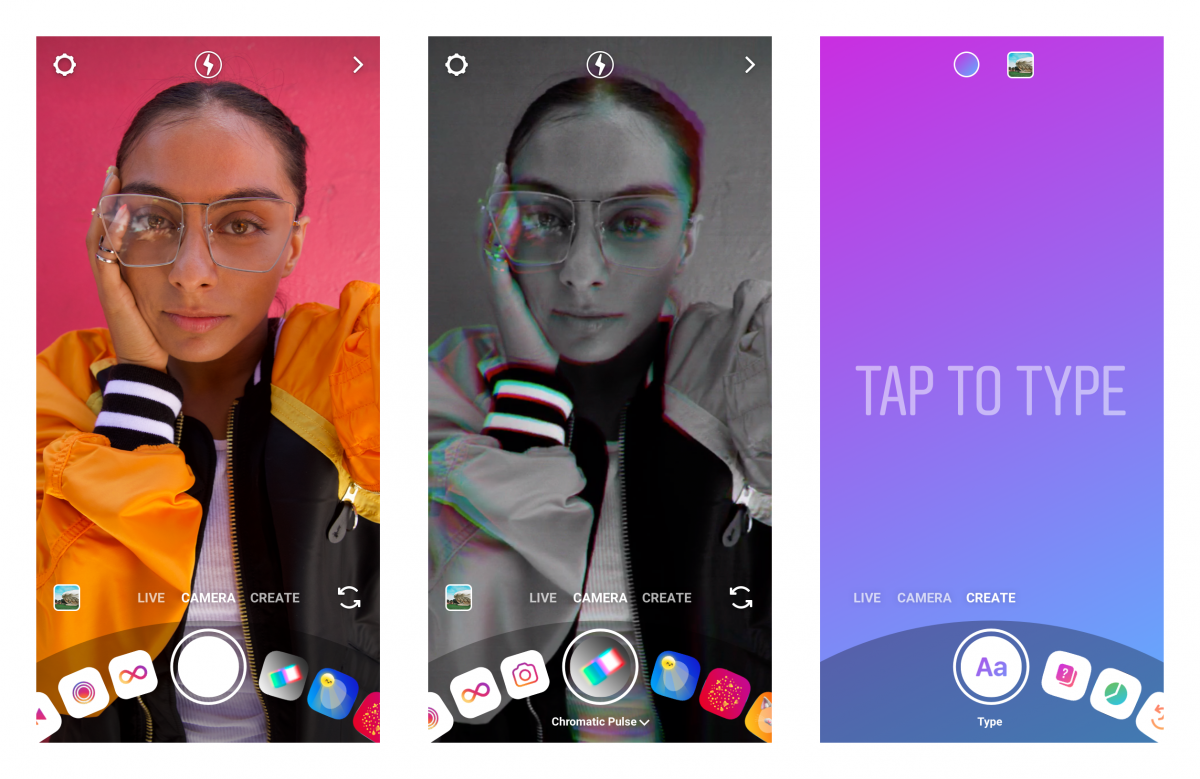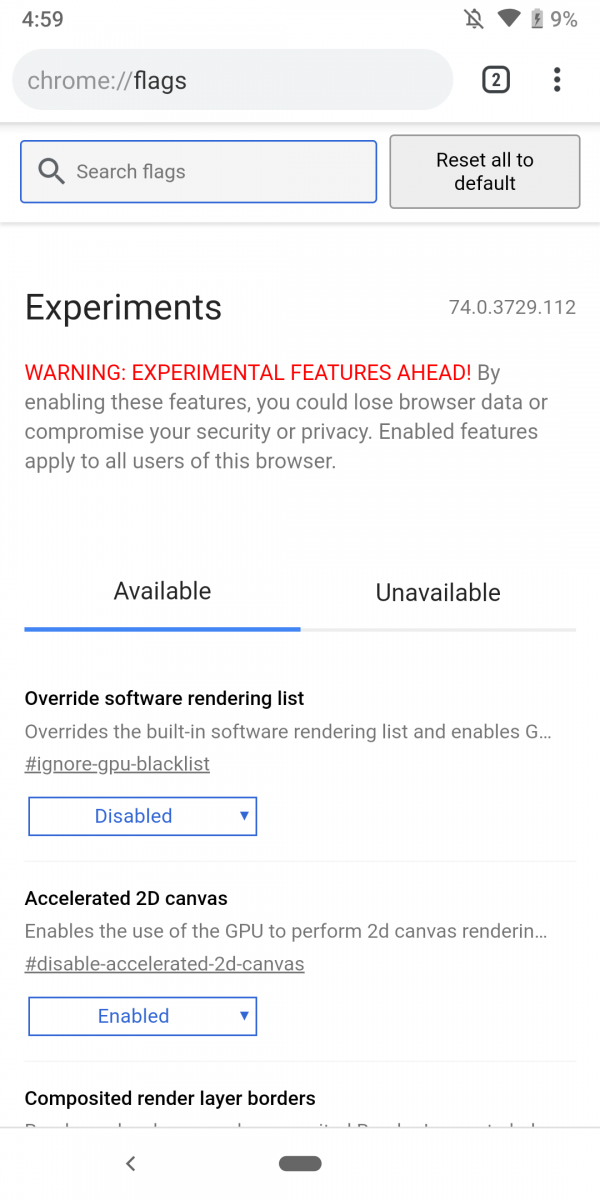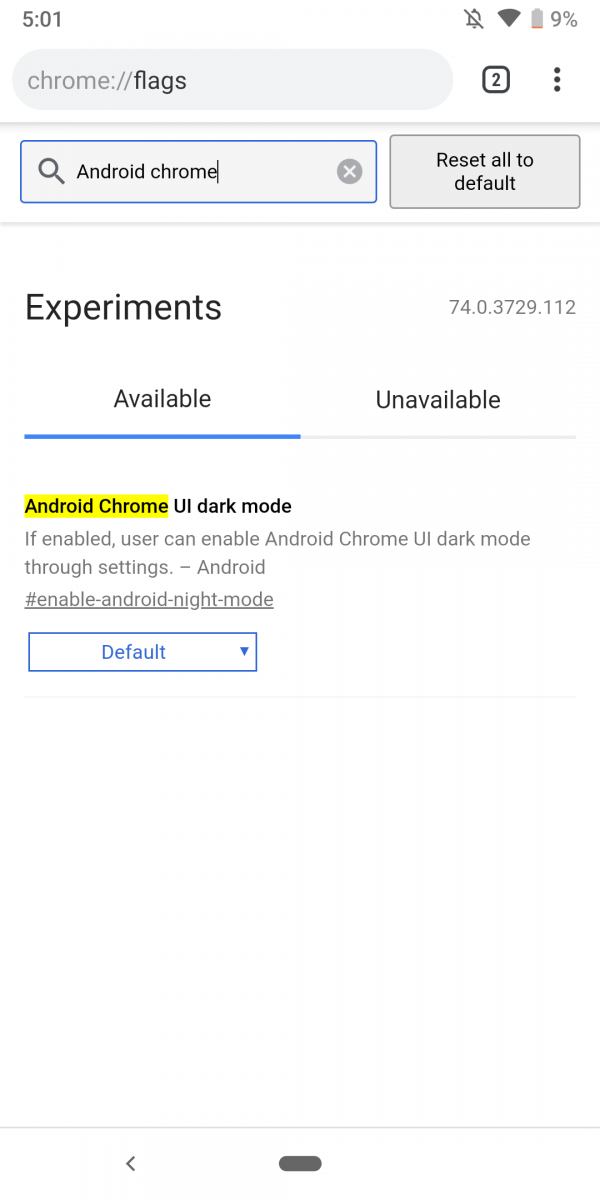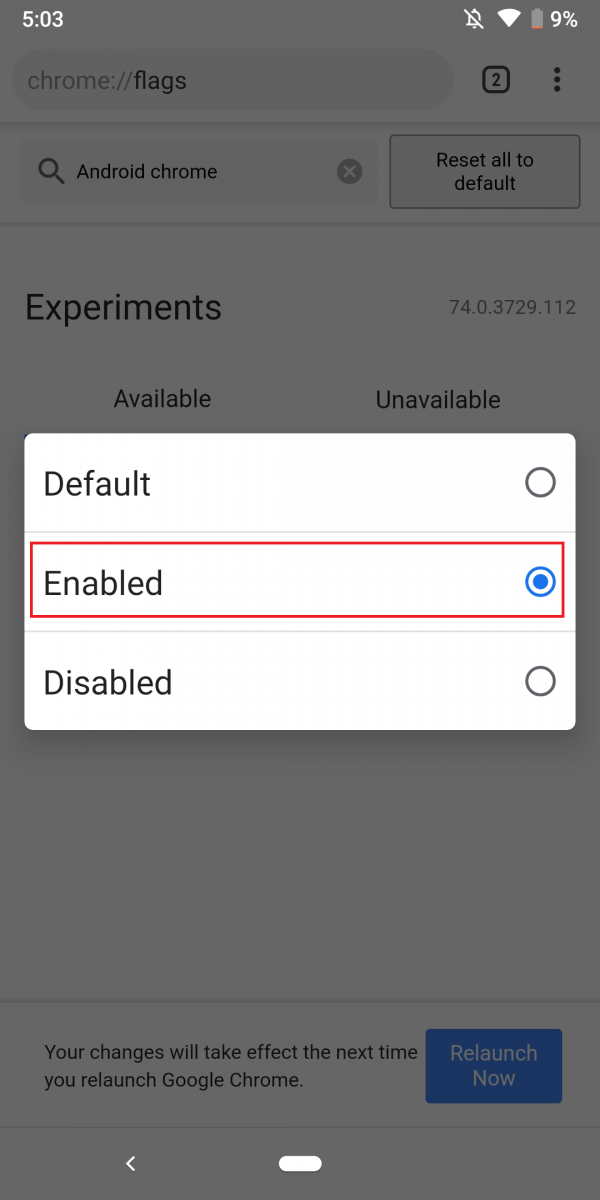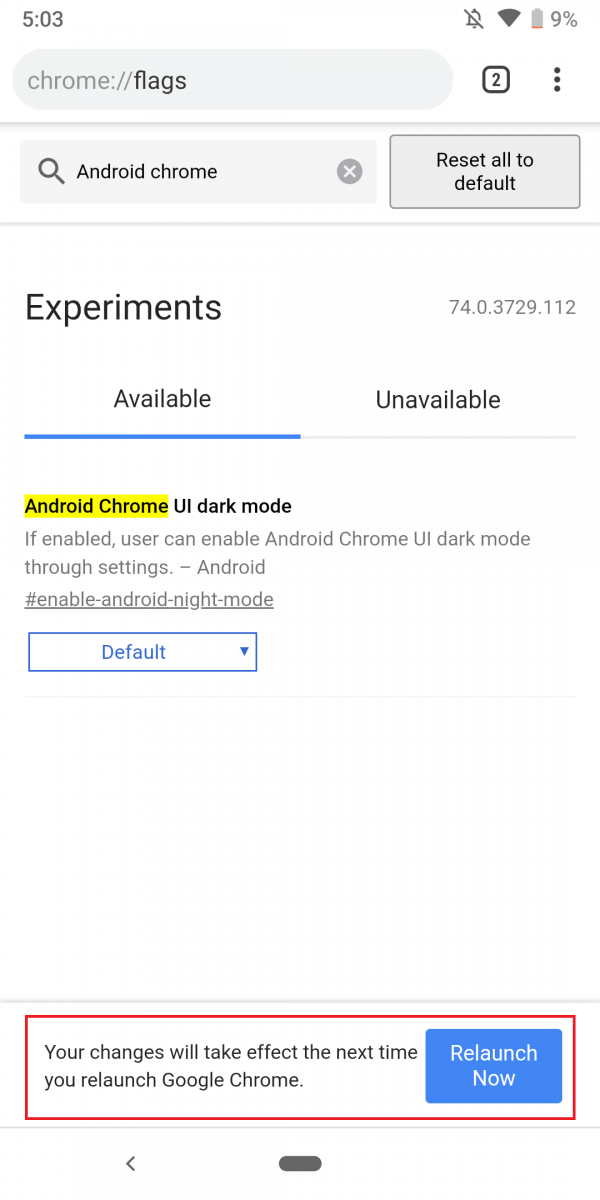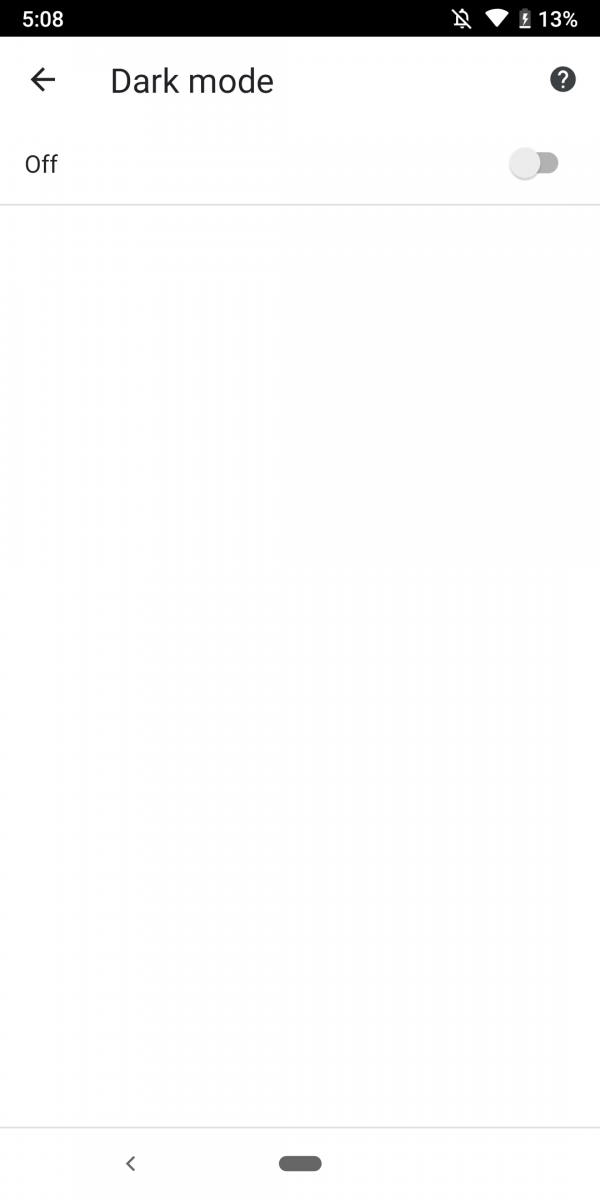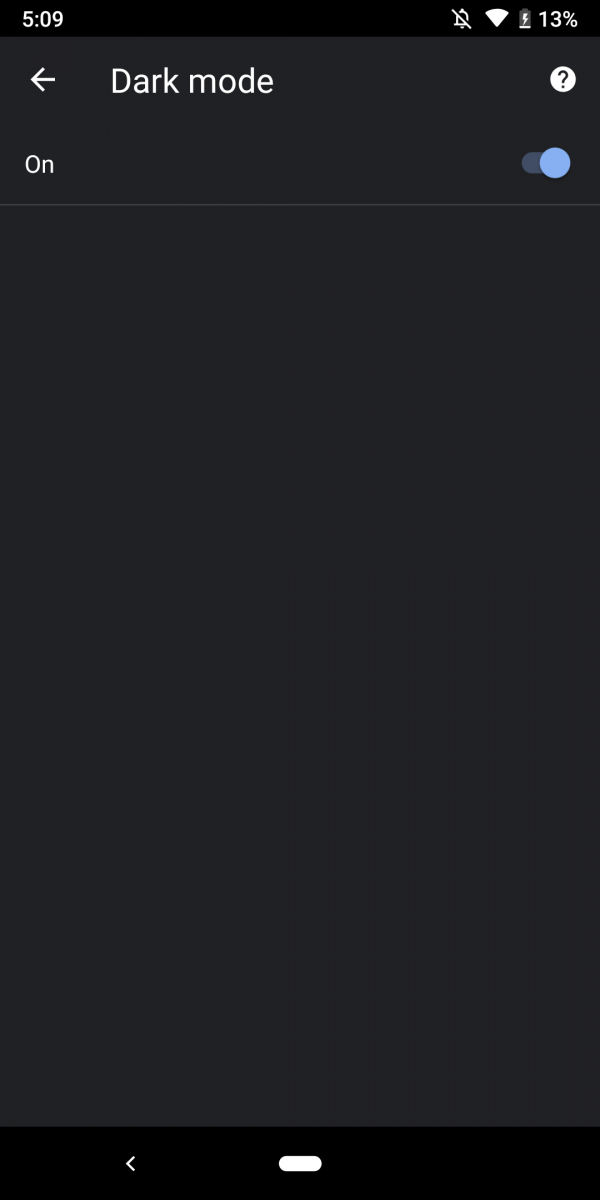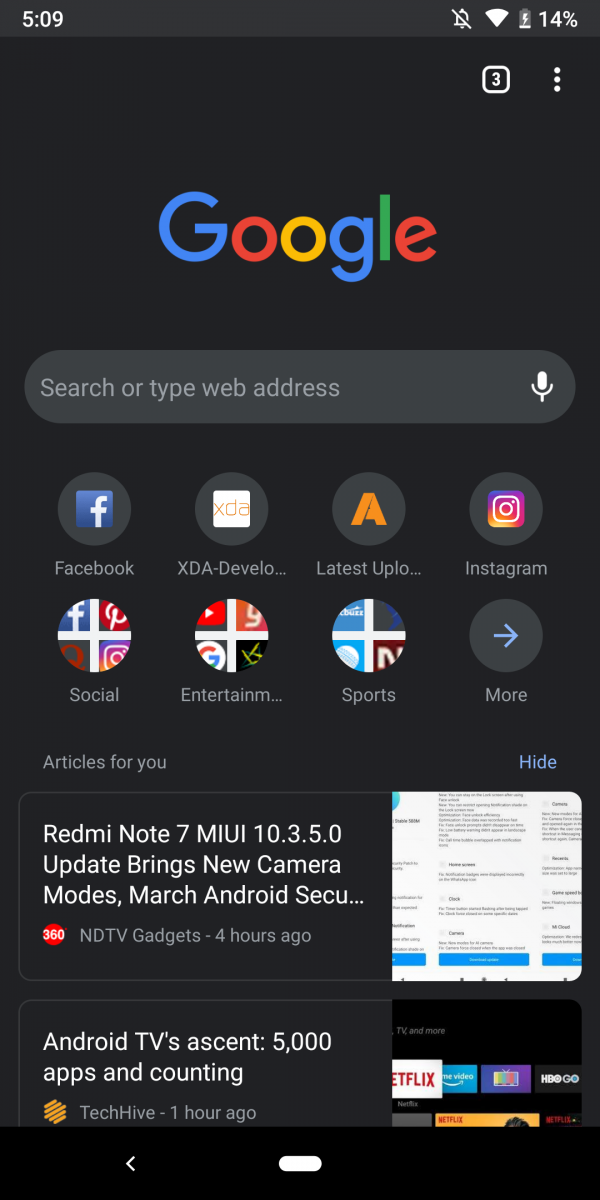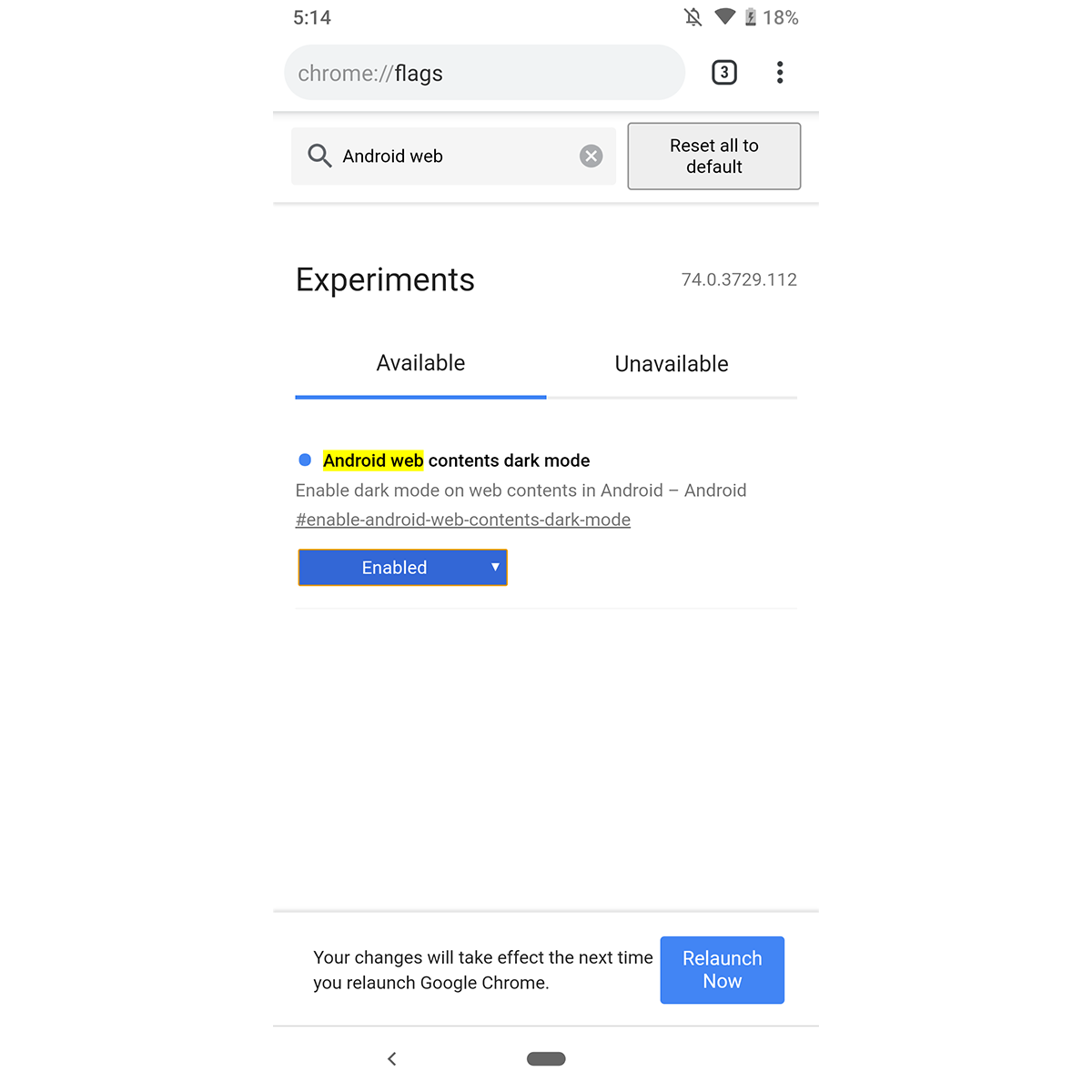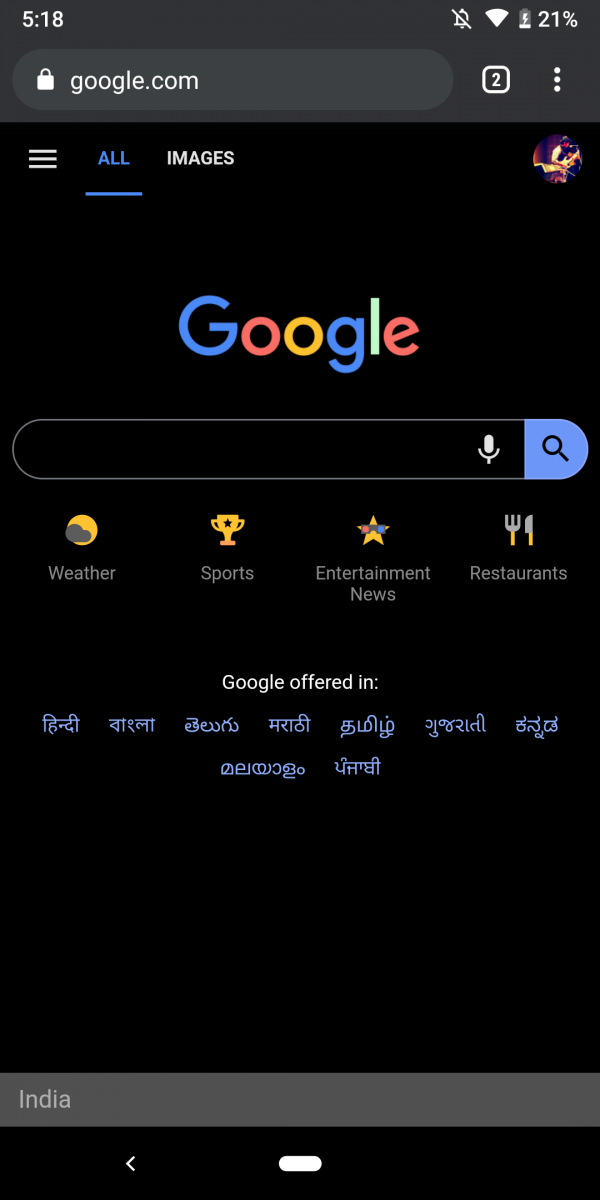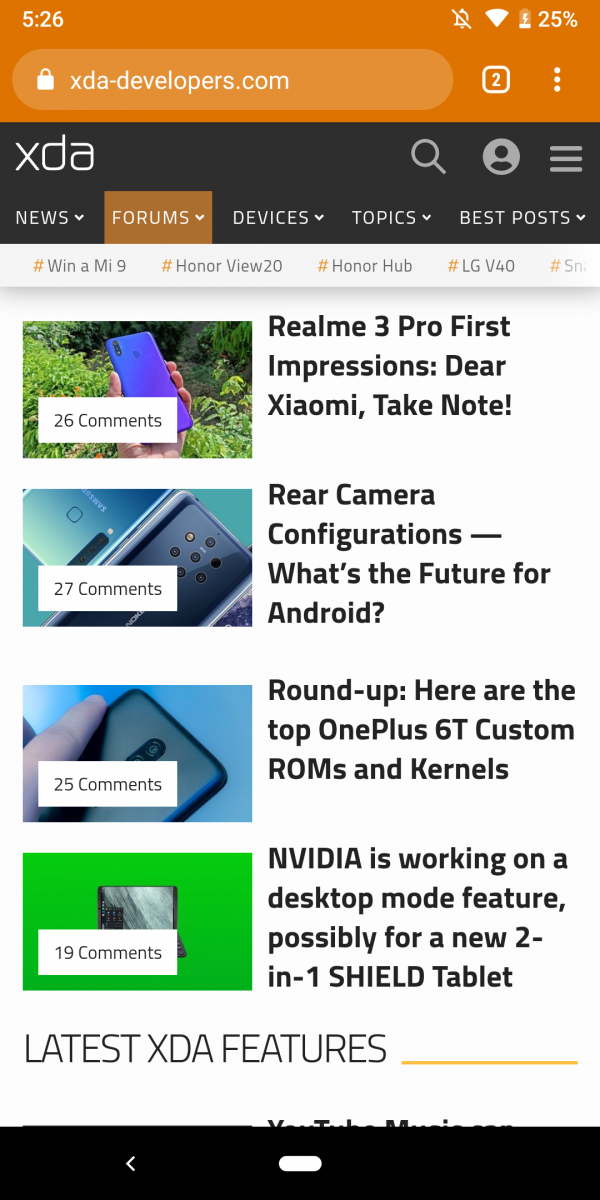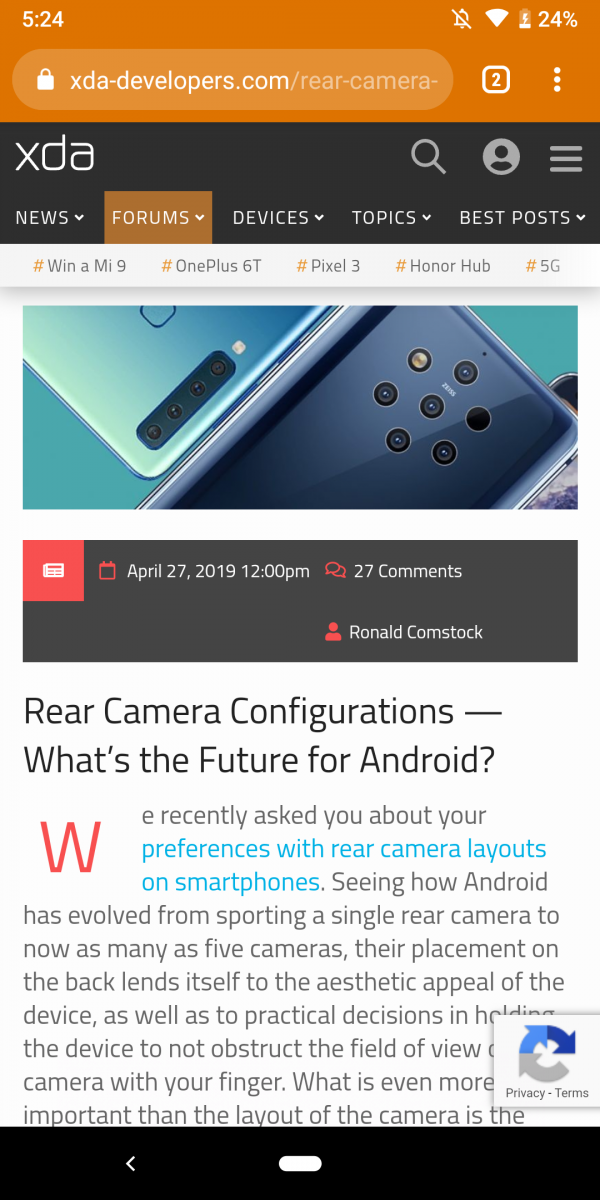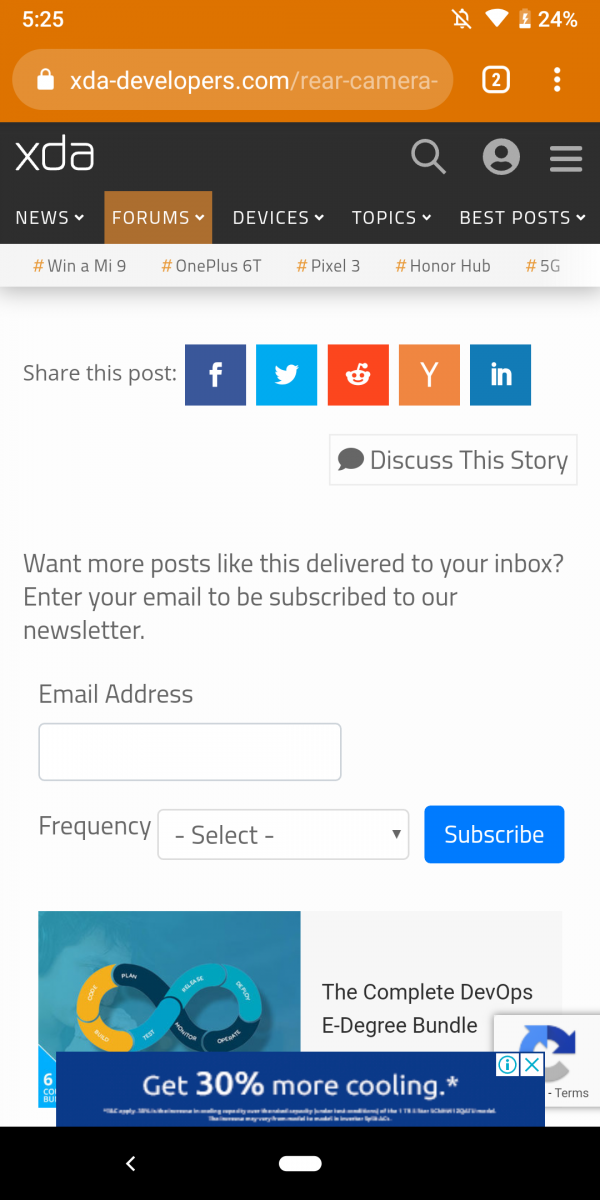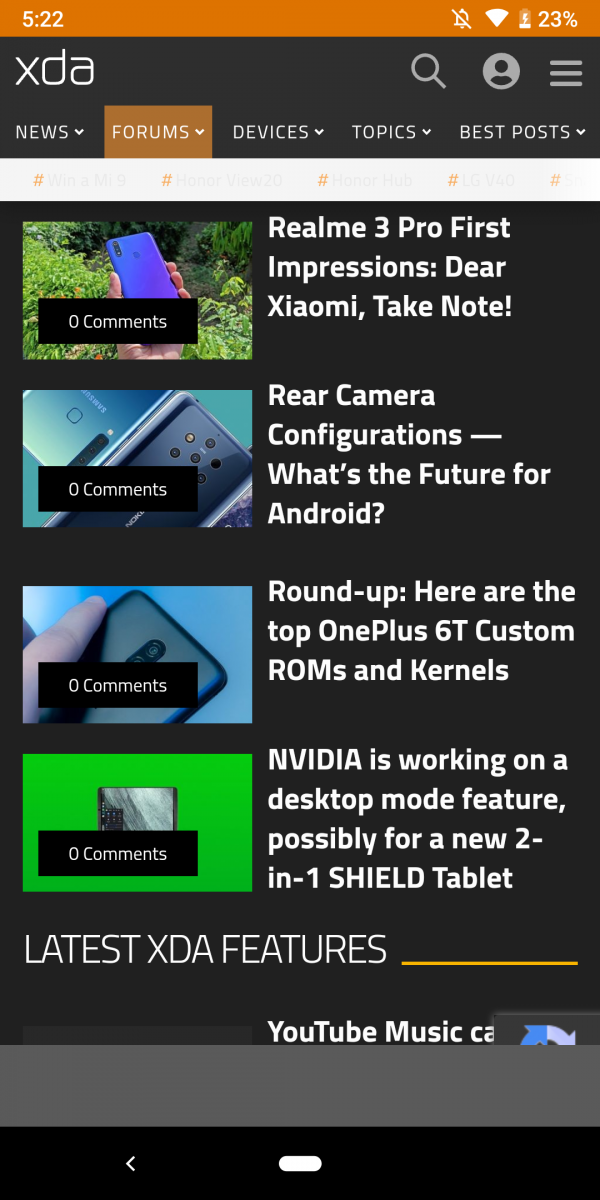For anyone who values privacy, using a VPN is pretty essential nowadays. Online protection is also important if you connect to public Wi-Fi networks, which are often insecure. While some services put you in the Internet slow lane, Ivacy VPN offers full protection at top speed. This award-winning provider has servers around the world, and it has great features for torrenting. Right now, you can pick up a lifetime subscription for only $39.99 via the XDA Developers Depot.
As an official partner of the National Cyber Security Alliance, Ivacy VPN is the gold standard of online security. This service can make you invisible online, with powerful 256-bit encryption applied to your web traffic.
Ivacy VPN has a network of over 1,000 servers spread throughout 100 countries. As a result, you can easily find a fast local connection or unlock geo-blocked content from around the world.
Ivacy VPN is available on Mac, Windows, iOS, Android, streaming boxes, games consoles, and many other devices. The service is very easy to install, and you can protect five devices with one account. Ivacy VPN supports P2P file sharing with a strict no-logging policy, and there’s even a dedicated add-on for Kodi.
Order now for $39.99 to get lifetime protection, worth $1,194.
Ivacy VPN: Lifetime Subscription – $39.99
See Deal
Like this deal? Check out Vault — you’ll get four premium tools, including NordVPN and Dashlane, to supercharge your online security. Enter code VAULTONE to try it out for just $1!
For anyone who values privacy, using a VPN is pretty essential nowadays. Online protection is also important if you connect to public Wi-Fi networks, which are often insecure. While some services put you in the Internet slow lane, Ivacy VPN offers full protection at top speed. This award-winning provider has servers around the world, and it has great features for torrenting. Right now, you can pick up a lifetime subscription for only $39.99 via the XDA Developers Depot.
As an official partner of the National Cyber Security Alliance, Ivacy VPN is the gold standard of online security. This service can make you invisible online, with powerful 256-bit encryption applied to your web traffic.
Ivacy VPN has a network of over 1,000 servers spread throughout 100 countries. As a result, you can easily find a fast local connection or unlock geo-blocked content from around the world.
Ivacy VPN is available on Mac, Windows, iOS, Android, streaming boxes, games consoles, and many other devices. The service is very easy to install, and you can protect five devices with one account. Ivacy VPN supports P2P file sharing with a strict no-logging policy, and there’s even a dedicated add-on for Kodi.
Order now for $39.99 to get lifetime protection, worth $1,194.
Like this deal? Check out Vault — you’ll get four premium tools, including NordVPN and Dashlane, to supercharge your online security. Enter code VAULTONE to try it out for just $1!_
For anyone who values privacy, using a VPN is pretty essential nowadays. Online protection is also important if you connect to public Wi-Fi networks, which are often insecure. While some services put you in the Internet slow lane, Ivacy VPN offers full protection at top speed. This award-winning provider has servers around the world, and it has great features for torrenting. Right now, you can pick up a lifetime subscription for only $39.99 via the XDA Developers Depot.
As an official partner of the National Cyber Security Alliance, Ivacy VPN is the gold standard of online security. This service can make you invisible online, with powerful 256-bit encryption applied to your web traffic.
Ivacy VPN has a network of over 1,000 servers spread throughout 100 countries. As a result, you can easily find a fast local connection or unlock geo-blocked content from around the world.
Ivacy VPN is available on Mac, Windows, iOS, Android, streaming boxes, games consoles, and many other devices. The service is very easy to install, and you can protect five devices with one account. Ivacy VPN supports P2P file sharing with a strict no-logging policy, and there’s even a dedicated add-on for Kodi.
Order now for $39.99 to get lifetime protection, worth $1,194.
Like this deal? Check out Vault — you’ll get four premium tools, including NordVPN and Dashlane, to supercharge your online security. Enter code VAULTONE to try it out for just $1!_
For anyone who values privacy, using a VPN is pretty essential nowadays. Online protection is also important if you connect to public Wi-Fi networks, which are often insecure. While some services put you in the Internet slow lane, Ivacy VPN offers full protection at top speed. This award-winning provider has servers around the world, and it has great features for torrenting. Right now, you can pick up a lifetime subscription for only $39.99 via the XDA Developers Depot.
As an official partner of the National Cyber Security Alliance, Ivacy VPN is the gold standard of online security. This service can make you invisible online, with powerful 256-bit encryption applied to your web traffic.
Ivacy VPN has a network of over 1,000 servers spread throughout 100 countries. As a result, you can easily find a fast local connection or unlock geo-blocked content from around the world.
Ivacy VPN is available on Mac, Windows, iOS, Android, streaming boxes, games consoles, and many other devices. The service is very easy to install, and you can protect five devices with one account. Ivacy VPN supports P2P file sharing with a strict no-logging policy, and there’s even a dedicated add-on for Kodi.
Order now for $39.99 to get lifetime protection, worth $1,194.
Like this deal? Check out Vault — you’ll get four premium tools, including NordVPN and Dashlane, to supercharge your online security. Enter code VAULTONE to try it out for just $1!
_ (function (s,o,n,a,r,i,z,e){s['StackSonarObject']=r;s[r]=s[r]||function(){ (s[r].q=s[r].q||[]).push(arguments)},s[r].l=1*new Date();i=o.createElement(n), z=o.getElementsByTagName(n)[0];i.async=1;i.src=a;z.parentNode.insertBefore(i,z) })(window,document,'script','https://www.stack-sonar.com/ping.js','stackSonar');
stackSonar('stack-connect-p', '228');
The post Get Fast Online Protection with an Ivacy VPN Lifetime Subscription, Now $39.99 appeared first on xda-developers.








